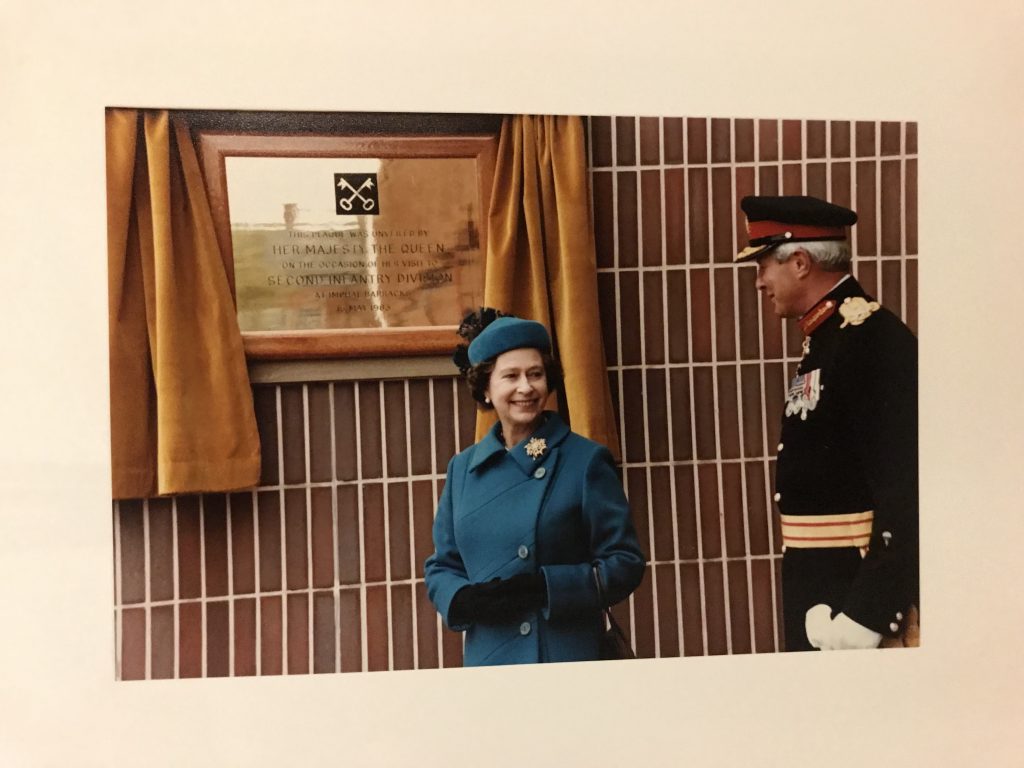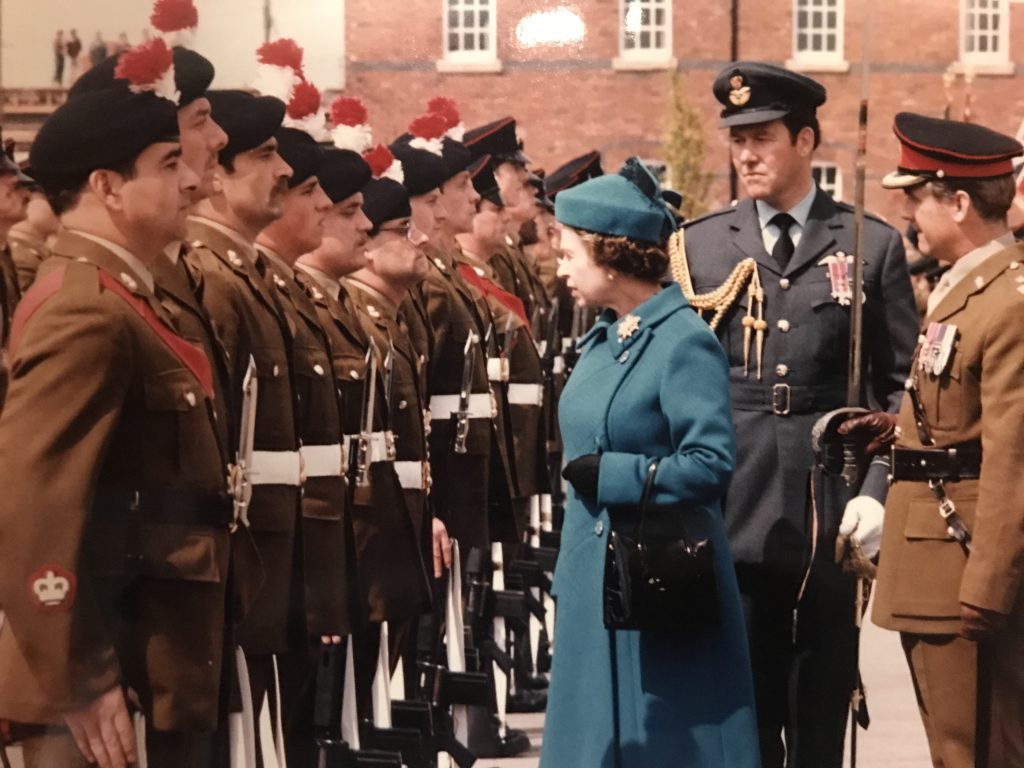Composition
Each British & Indian infantry division was comprised of a divisional headquarters and three brigades. The divisional headquarters contained signals, engineers, artillery, medical, admin and supply support units, as well as divisional defence units. The brigades each had a smaller version of the divisional headquarters plus three infantry battalions.
At the Battle of Kohima, the British 2nd Division contained the 4th, 5th and 6th Infantry Brigades, each with three battalions drawn from English, Scottish or Welsh regiments. The full composition of the Division is detailed here.
At Kohima, the British 2nd Division was commanded by Major General John Grover MC, a World War I veteran, who had been wounded three times on the Western Front. Grover was impressed by the succinctness of the Operation Order signalled to him when he arrived at Kohima:
“The Division will relieve the Garrison at Kohima in order to establish a firm base for further operations.”

In addition to the normal units of the 2nd Division, 2 extra brigades were placed under command of the 2nd Division. They were the 33rd Indian Infantry Brigade, from 7th Indian Division, & the 161st Indian Infantry Brigade, from 5th Indian Division, which included the 4th Battalion, Queen’s Own Royal West Kents. Indian brigades contained one British and two Indian battalians.
History
The Second Division was formed in 1809 to fight in Wellington’s army in the Peninsula War against Napoleonic France. Lieutenant-General Sir Rowland Hill was its first commander.

Since then, 2nd Division has played a major role in the history of the British Army, with active service in many theatres:
| Year |
Theatre |
Year |
Theatre |
| 1809 | The Peninsula | 1940 | Yorkshire |
| 1815 | Waterloo | 1942 | India and Burma |
| 1854 | The Crimea | 1945 | Malaya |
| 1860 | China | 1947 | British Army of the Rhine |
| 1879 | Zululand | 1983 | Returned to York |
| 1899 | South Africa | 1992 | 2nd Division disbanded |
| 1914 | France | 1994 | 2nd Division re-established in York |
| 1919 | Germany | 2000 | Divisional HQ moved to Edinburgh |
| 1939 | France | 2012 | Division removed from British Army Order of Battle (ORBAT) |
It was not until the South African campaigns of 1899 that the appointment of GOC was fixed at two star levels. In fact, during its initial ninety years, the Commander could be a three star, a two star and, in 1860 in China, a one star – a Brigadier General.
World War 2
In the early days of World War 2, the War Office ordered that each formation should choose for itself some device which would be recognised easily and be simple to reproduce. General Loyd, then commanding 2nd Division in France, chose the emblem of the Crossed Keys. His previous command, a Guards Brigade, had a single key as its sign. He decided to add a second key for his new command.
General Loyd’s choice was not inappropriate, for in earlier days it was the custom for the Archbishop of Canterbury, when necessary, to raise an Army in the South of England, and for the Archbishop of York to raise a Second Army in the North. This Second Army carried on its banners and shields the emblem of the Crossed Keys, taken from the arms of the Archbishop of York and of St. Peter’s Church (York Minister). When the Division was sent to Yorkshire after Dunkirk, a distant historical connection was re-established by chance. This link was renewed when the Headquarters of the “Crossed Keys” Division returned to York in 1983.
The outbreak of World War 2 found the Division in its traditional home in and around Aldershot and Bordon. The Division was then under the command of Major General Loyd and had been receiving reservists to bring it up to strength. The Division was in France by the middle of September and served with distinction in the many actions leading up to Dunkirk.
After recovery from Dunkirk the 2nd Division, now under command of Major General Grover, was based in North Yorkshire for a period of training and re-equipping. A lot of recruiting also took place, with the result that the 1st Bn Queen’s Own Cameron Highlanders had a large number of Yorkshire men in the ranks, who were referred to as the “Yorkshire Jocks”.
In 1942, at the height of the U-Boat campaign, 2nd Division sailed to India. The Division was not made welcome in India, as it was then the only completely British Division and was much more expensive to run and maintain, with different food, equipment & cultural requirements.
The Division was put to training for a seaborne landing at Rangoon to retake Burma from the Japanese. However, the necessary equipment was unavailable and so training switched to jungle warfare.
In 1943, 6th Brigade was detached as an Independent Brigade group to fight in the 1st Arakan Campaign, where and casualties included its commander, Brigadier Cavendish.
In 1944, 2nd Division was rushed 2,000 miles across India to meet the crisis of the invasion of India by 15th Army of the Imperial Japanese Army. After relieving Kohima and restoring communications with Imphal, it played an important role in liberating Burma from the Japanese.
Return to York
After 41 years of continuous overseas service, 2nd Division returned to York in 1983, from whence it had departed in 1942. Queen Elizabeth II inspected the troops at Imphal Barracks on May 16th 1983. She said: “This year you have come back to a part of the Country where you are well-known and warmly welcome.”
The End
With contraction of the army, the 2nd Infantry Division was disbanded and removed from the Order of Battle of the British Army in 2012.


